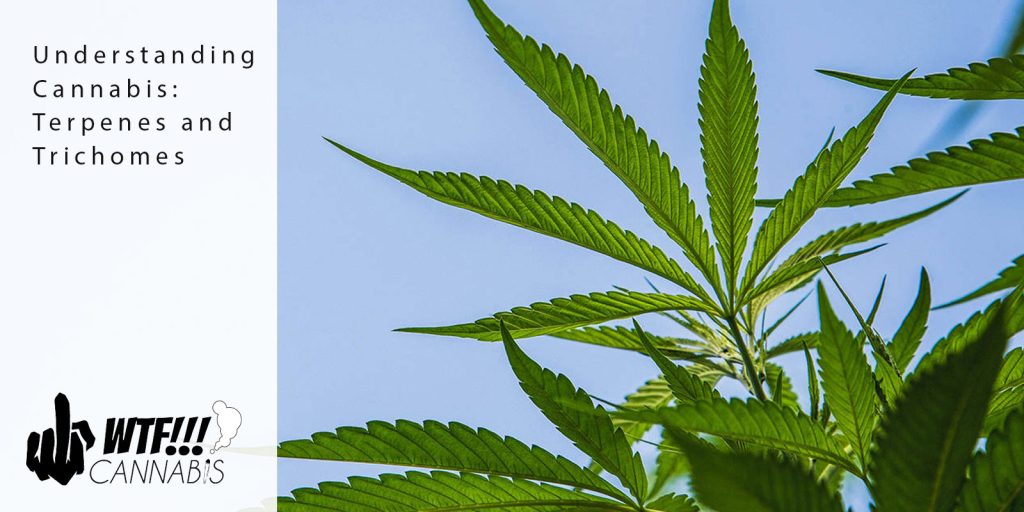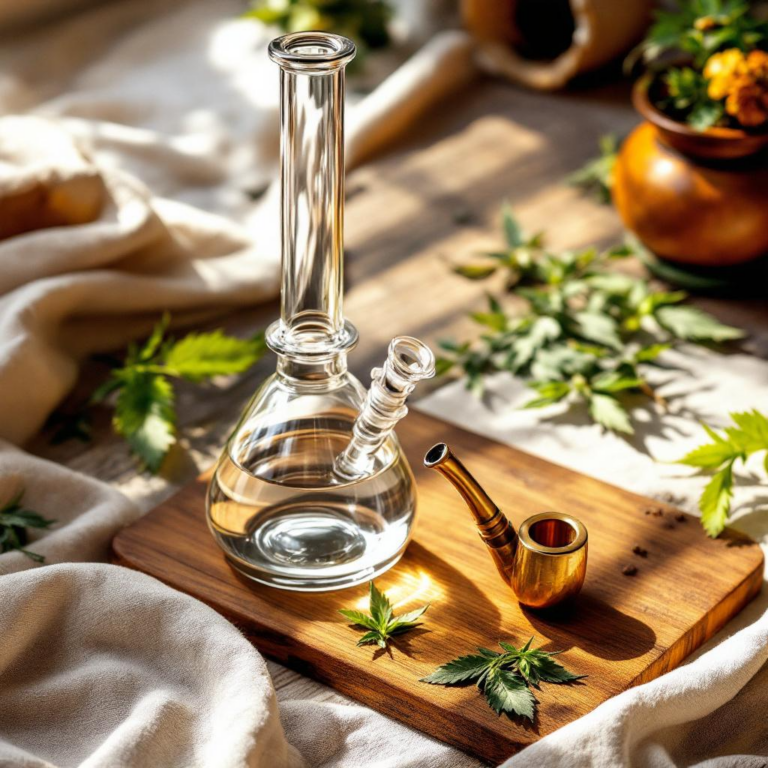Cannabis is a plant that contains different chemical compounds. It has long been used in traditional medicine to help with various illnesses, but recent legalization has opened the door to recreational use. Some people believe that cannabis is a “gateway drug” to more serious substances, while others think it is only used for medical purposes.
Some parts of the plant are more influential than others when it comes to altering your state of mind. Terpenes are not psychoactive by themselves, but they can trigger feelings of relaxation and contentment when inhaled. Trichomes are the small crystal-like structures on the surface of the buds which contain THC and CBD, two active plant compounds that give cannabis its therapeutic properties. Although all parts of the plant have their benefits, these two substances are what cannabis is mostly known for. Keep reading to learn more about these fascinating parts of cannabis plants!
The Trichomes
Trichomes, meaning “growth of hair” in Greek, can be found in many different plants in nature, especially on some carnivorous plants to help them catch prey.
In cannabis, trichomes are the small, sticky crystal-like structures on the surface of cannabis buds. They are also found in leaves and stems but in much smaller amounts. The presence of trichomes can be seen through a magnifying lens or microscope. Trichomes contain hundreds of cannabinoids, like THC and CBD, as well as terpenes that make each cannabis strain unique, effective, and potent.
Different Types of Trichomes
Trichomes fall into two categories: glandular and non-glandular. While glandular trichomes produce cannabinoids, terpenes, and flavonoids, non-glandular trichomes (called cystoliths) serve as a defense mechanism for the plant against pests and adverse environmental conditions. The glandular trichomes are further classified into three main types: bulbous, capitate-sessile, and capitate-stalked.
Bulbous trichomes are microscopic bulbs that are found throughout the surface of the plant. They are responsible for the crystal-like sheen of the cannabis plant and the stickiness of the flower. The production of cannabinoids in these trichomes is not yet determined.
Capitate-sessile trichomes are more abundant and much larger than bulbous trichomes, but still only visible under a microscope. These mushroom-shaped structures have cells at the base that initiate the biosynthesis of cannabinoids and terpenes. Capitate-sessile trichomes are found on fan and sugar leaves.
Capitate-stalked trichomes, the largest and most abundant trichomes, are similar in structure to sessile trichomes but are visible to naked eyes. At the base of its large bulb, they have secretory cells that produce cannabinoids and terpenes which are then stored in the bulbs. Capitate-stalked trichomes are distributed on the surface of cannabis flowers.
The Terpenes
Terpenes are naturally-occurring chemicals in plants that give them their individual flavors and aromas. In cannabis plants, terpenes are responsible not only for their unique scents but also for their therapeutic and mood-altering effects. Studies revealed that terpenes and cannabinoids work together to produce stronger and better effects than they would achieve on their own. This synergy of cannabis’ active compounds is called “the entourage effect.”
5 most common terpenes found in cannabis:
Pinene – Pinene can be found in a lot of different plants, including cedar and pine trees. Pinene in cannabis has antioxidant, antimicrobial, and neuroprotective properties.
Limonene – Limonene gives plants citrus aromas and is believed to have anti-inflammatory and antioxidant properties.
Linalool – Linalool is responsible for the floral scent and is known for its antidepressant and sedative property.
Myrcene – Myrcene can be found in a variety of herbs like lemongrass. It’s the most abundant terpene in cannabis, especially in Indica strains. Just like linalool, myrcene has calming effects.
Caryophyllene – Caryophyllene has a woody, spicy aroma. It has an anti-inflammatory property that can help relieve pain and itchiness.
Conclusion
There are many mysteries when it comes to the cannabis plant. Cannabis is a complicated plant composed of many different chemical compounds. This article took a brief look at two of the most important parts, terpenes, and trichomes. Cannabis is a plant with many mysteries, but an understanding of some of its key parts can help you use it to its fullest potential.
Check out our blogs for information from our expert team members on the latest products and creative ways to incorporate cannabis in your life! Visit WTFCannabis.co for all your cannabis needs.





